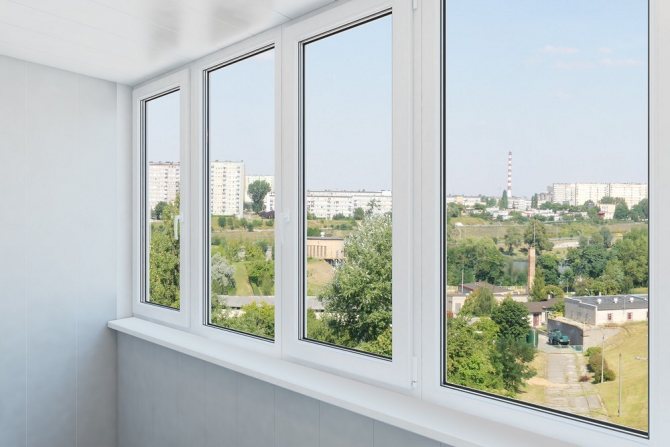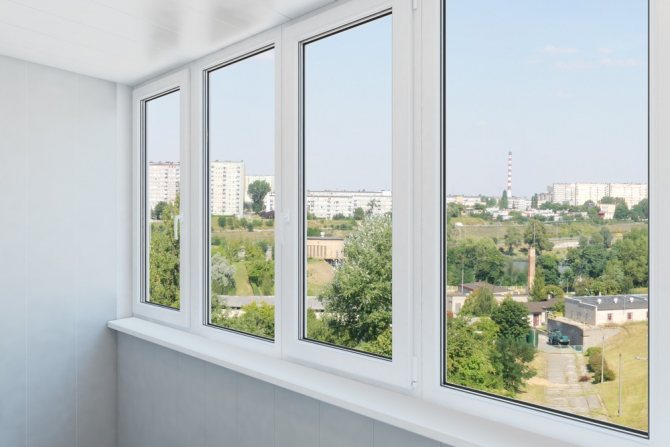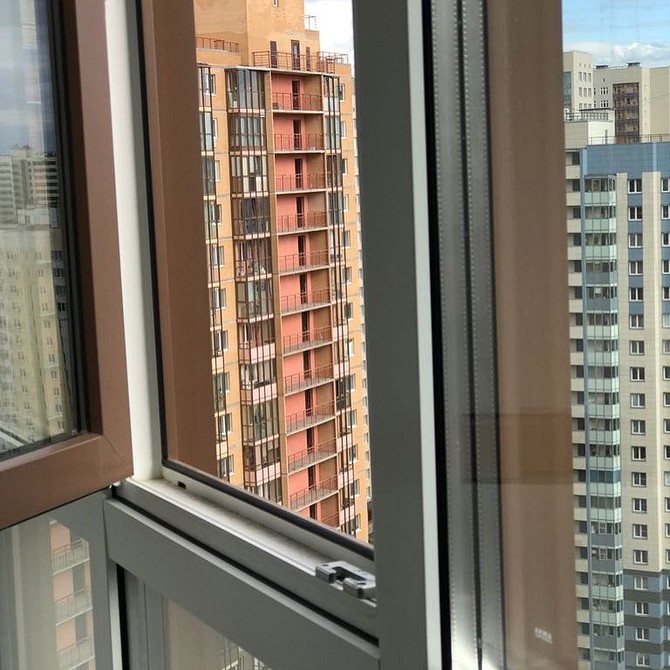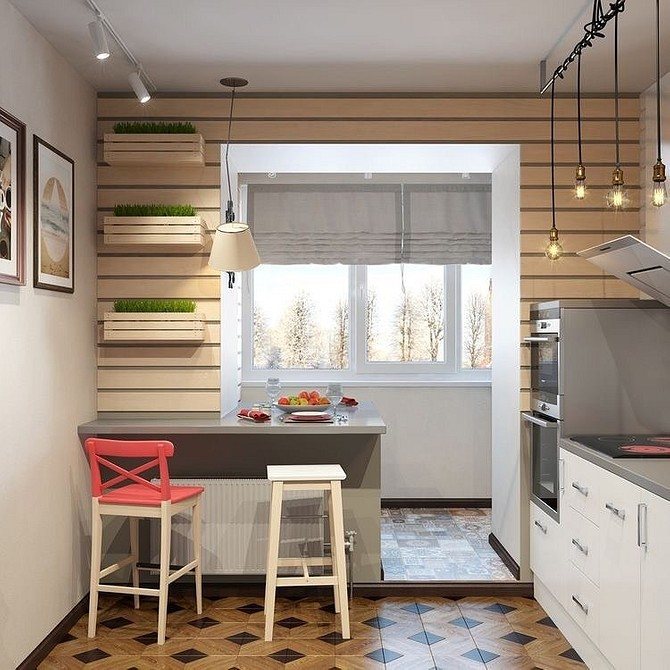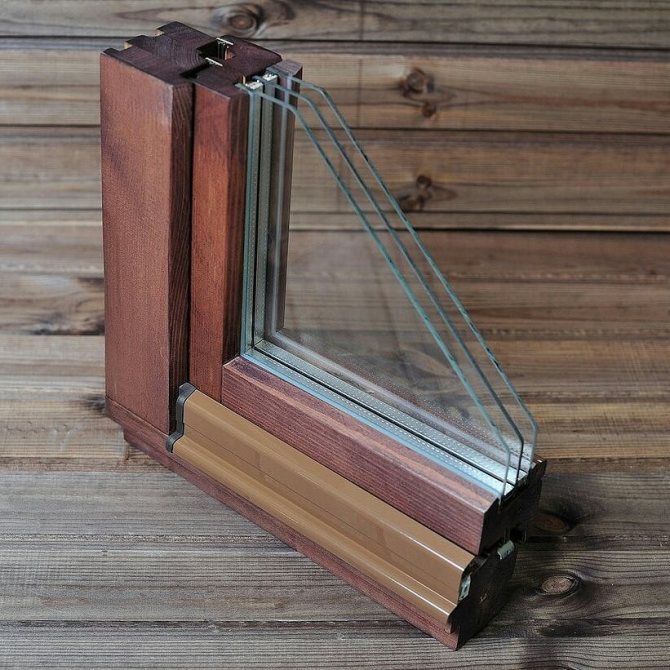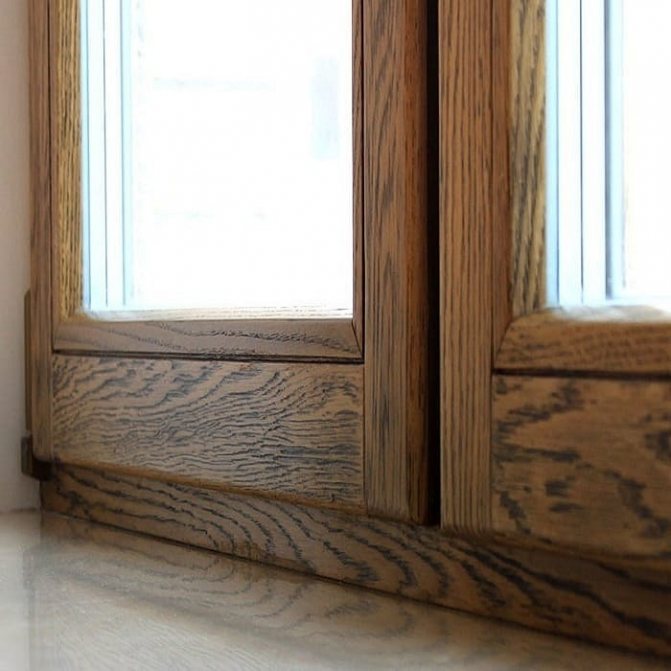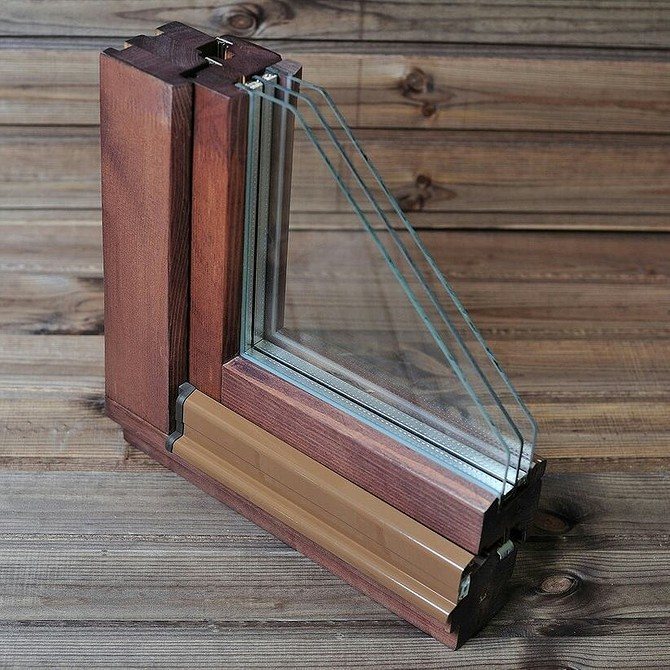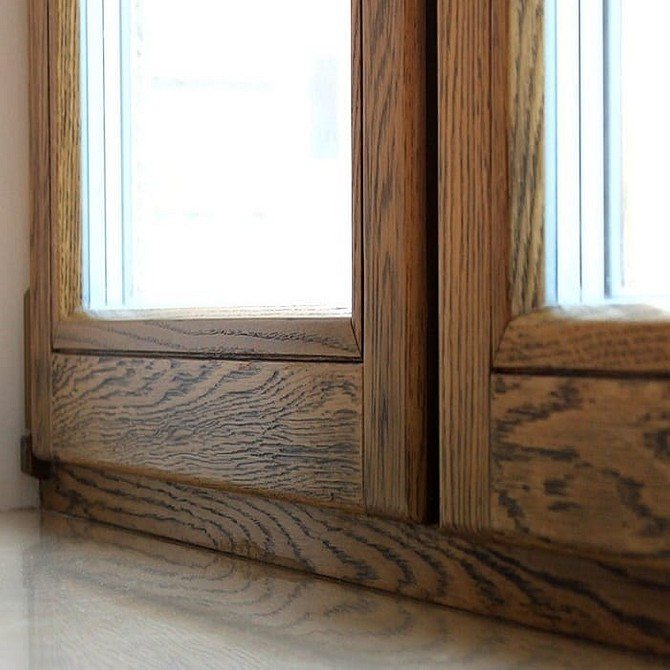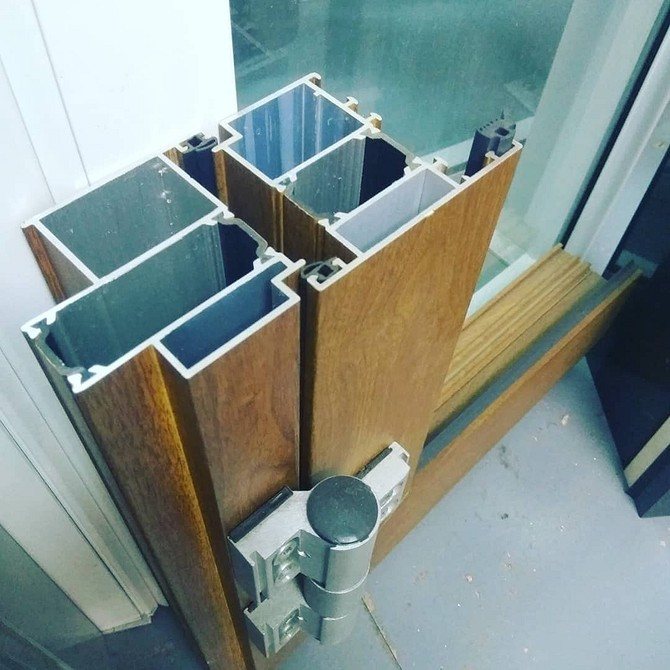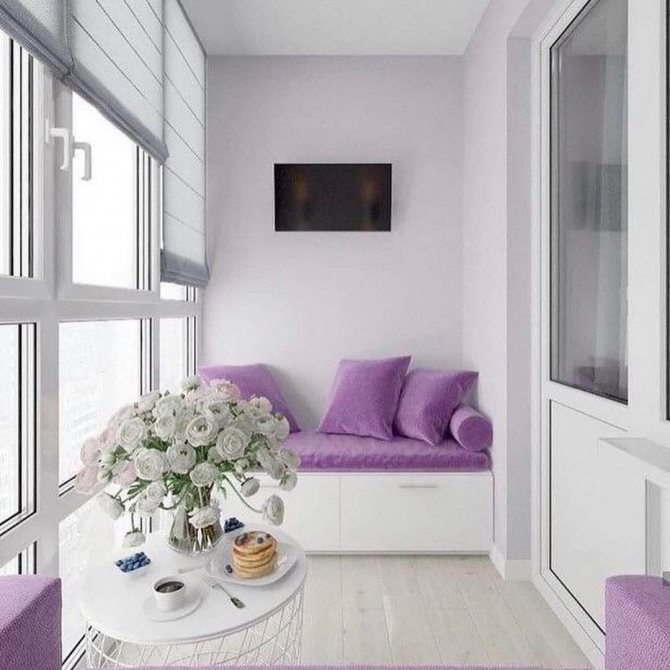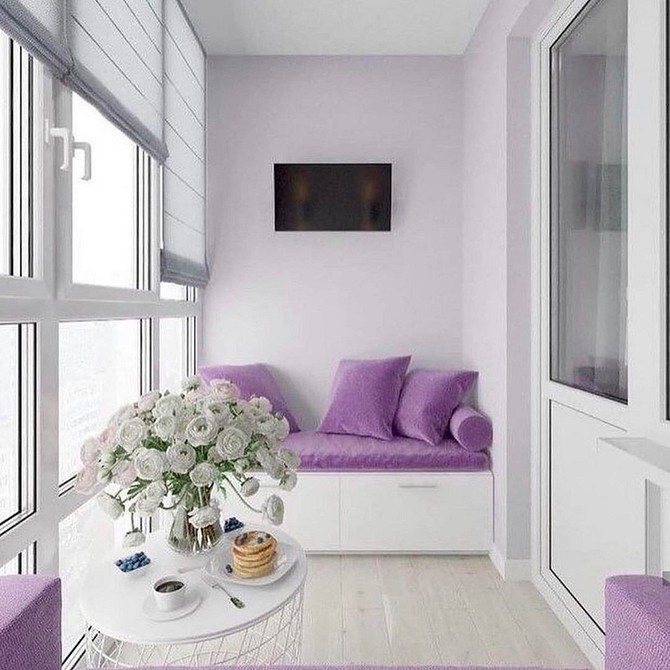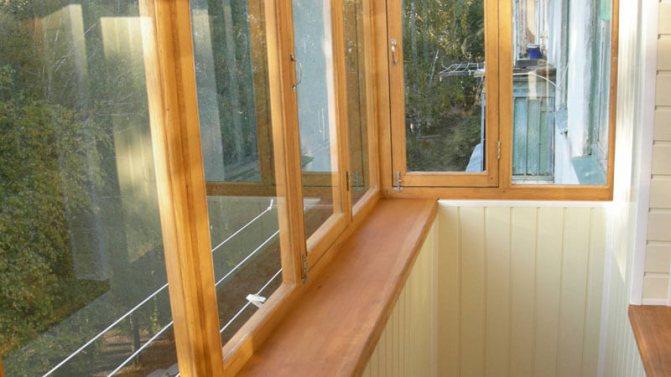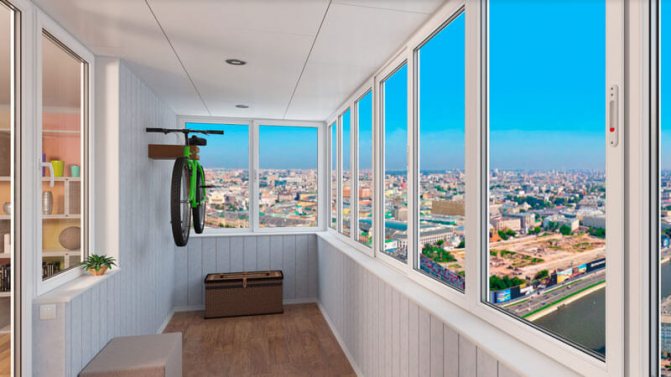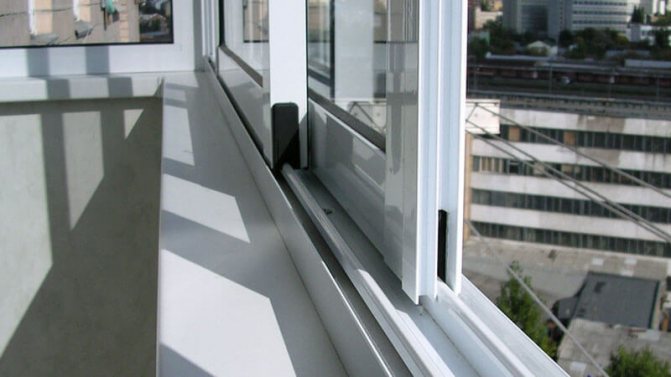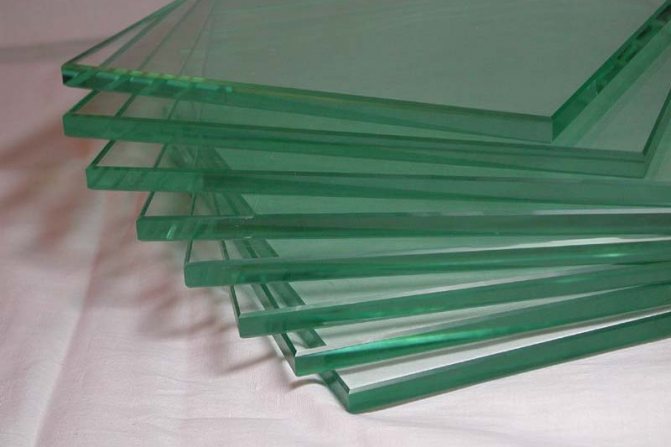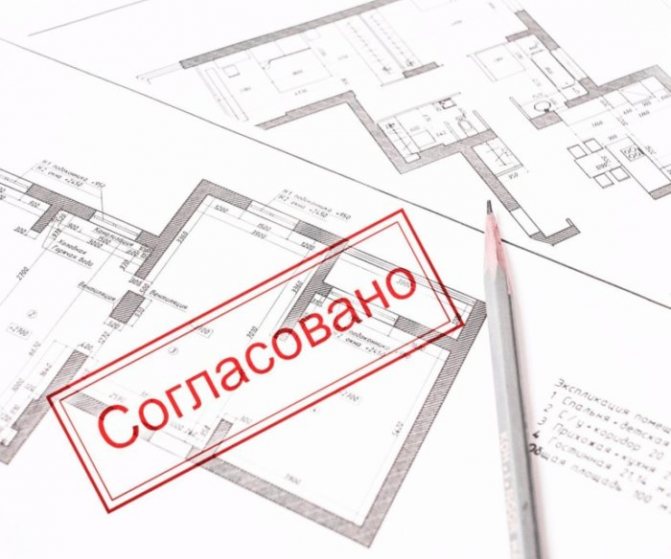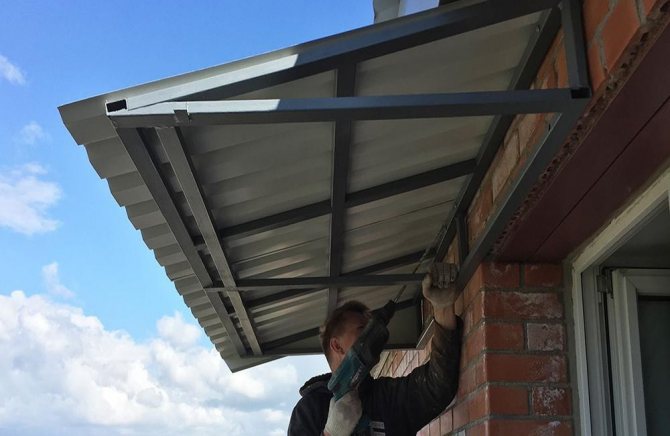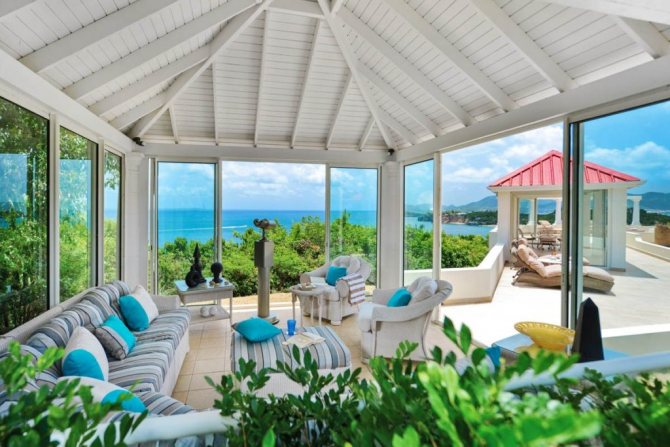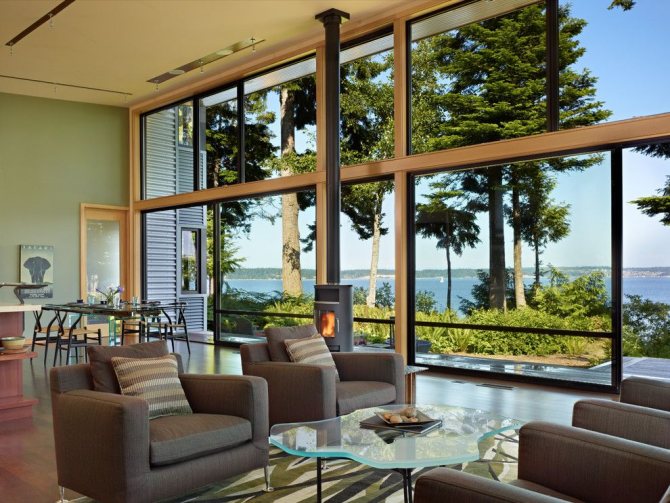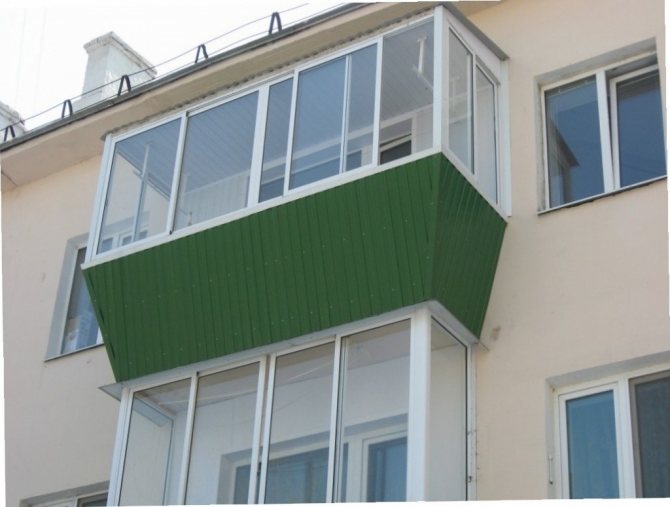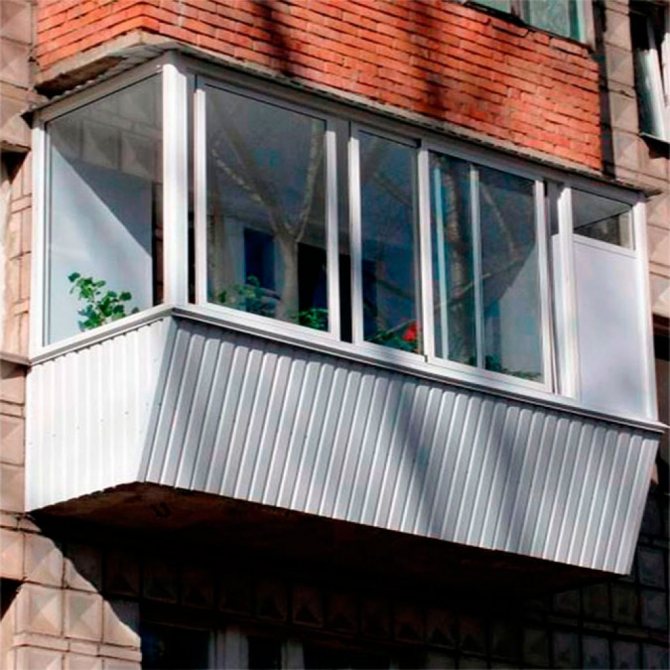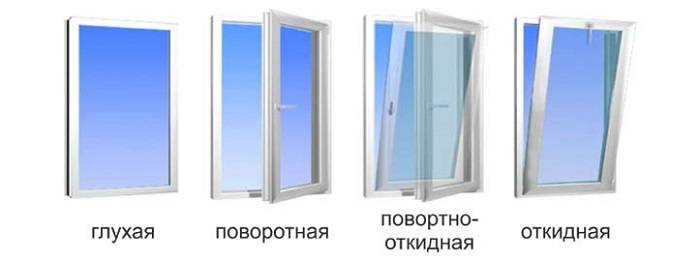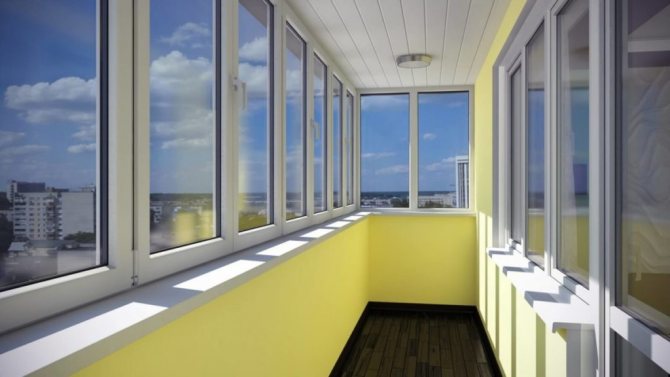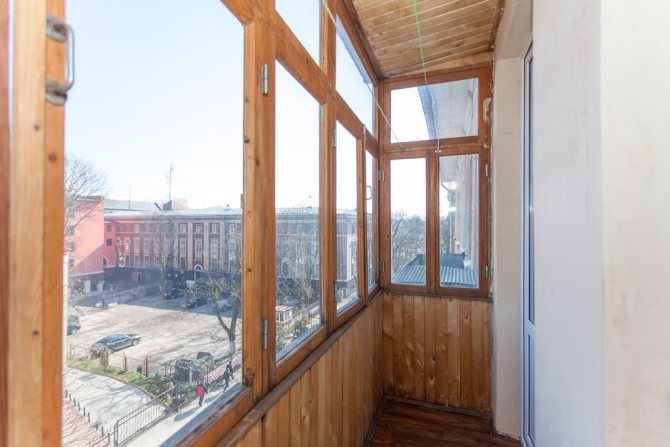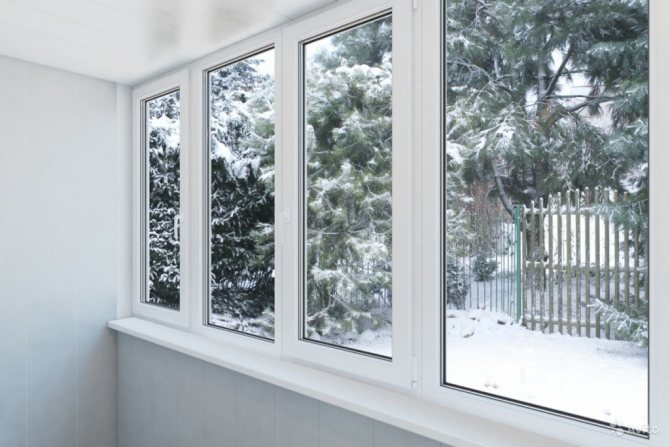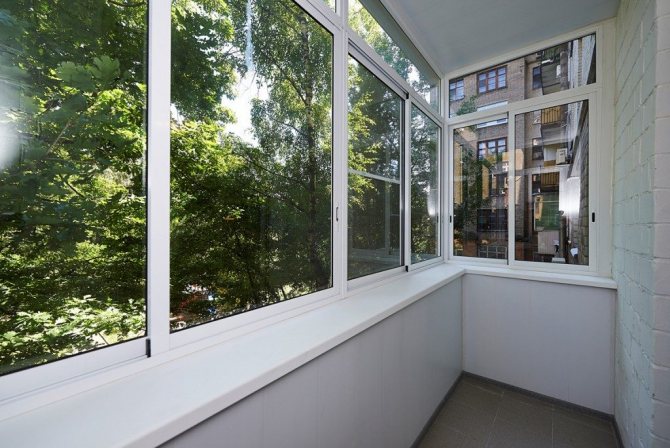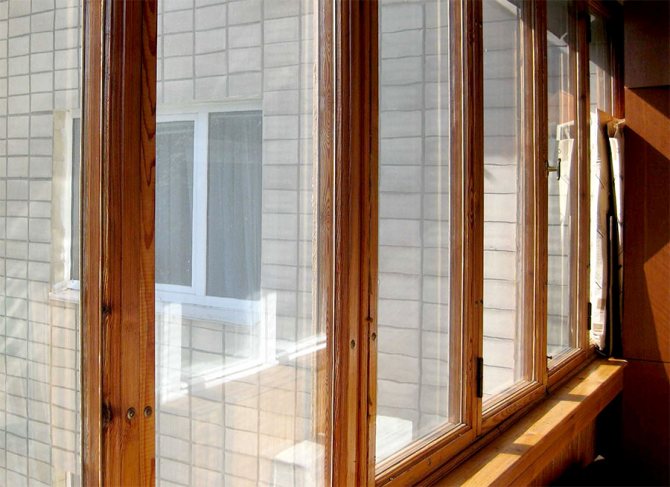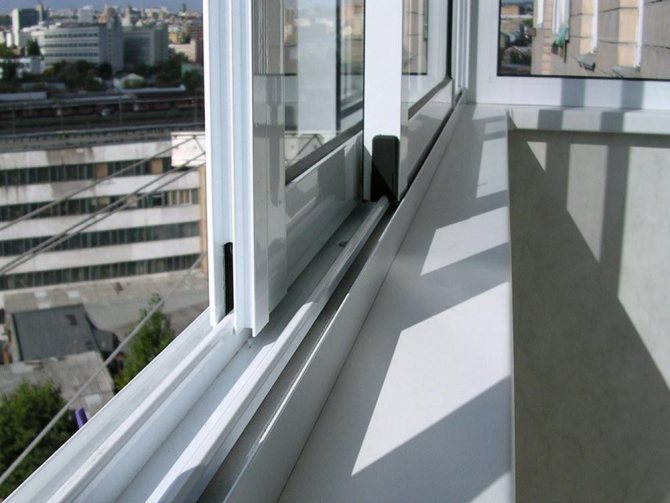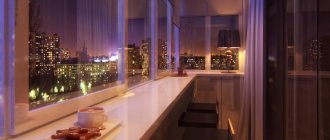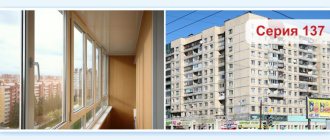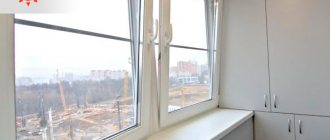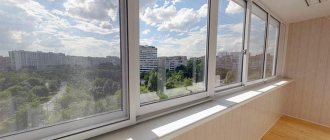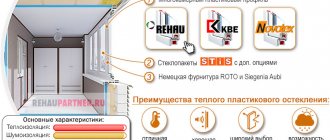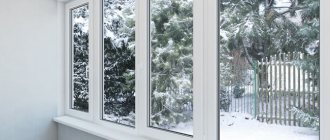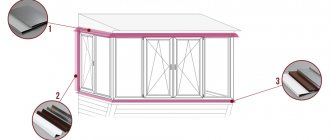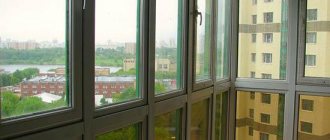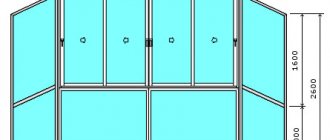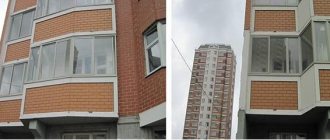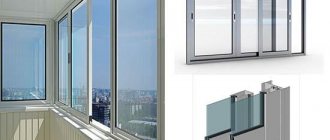Glazing of balconies is a popular type of work, because it increases the service life of the balcony (rain, snow, wind does not get inside), increase the area of the apartment due to additional premises. Before starting work, you should figure out what types of glazing exist, how you can cover the balcony in terms of materials, what are the features, advantages and disadvantages of each option.
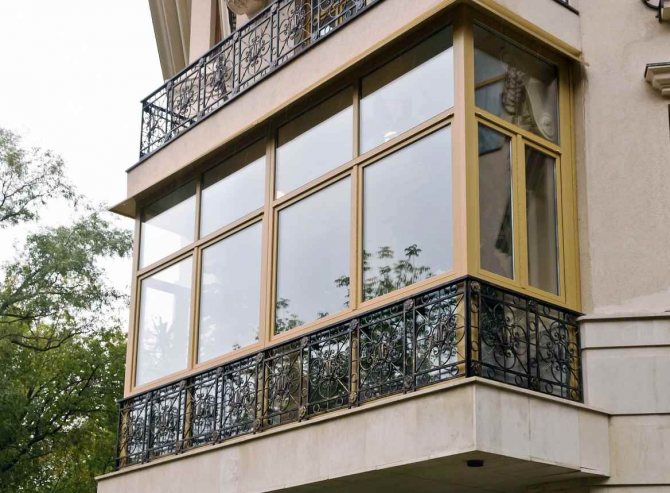
Cold glazing
Frequent use of the cold method manifests itself in balconies, which are located in public places and act as a kind of source of fresh air. Due to its reliability and durability, this method is often used in the improvement of ordinary residential apartments.
Cold glazing will become an excellent option for those for whom the issue of heat preservation is not in the foreground.
Aluminum profiles reliably prevent precipitation from settling in the room and tightly close the balcony opening. Their use in residential and other adjacent premises will provide a comfortable microclimate. In addition, aluminum is a fairly light metal that is sufficiently resistant to damage, is fireproof, and the installation of such structures is carried out in the shortest possible time.
Warm glazing
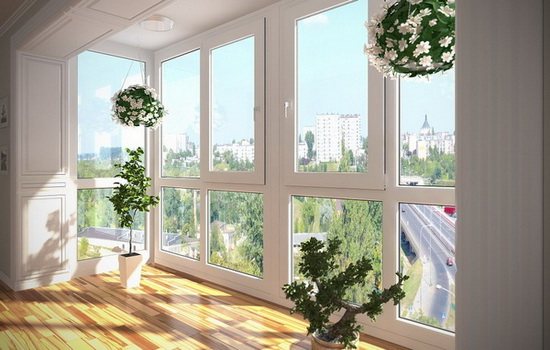

This type of glazing is suitable for people who prefer to transform their balcony into a full-fledged, warm living space, or simply to use the space as a winter garden or workplace.
With this method of glazing, plastic and aluminum (with thermal inserts) windows are used, completely sealed, which makes it possible to forget about such unpleasant moments as precipitation and drafts. These systems have a pleasant appearance, which makes them compatible with any room interior. Therefore, examples of such glazing are always pleasing with their practicality and beauty.
An important point should also be noted: despite the fact that the price policy of the above types of glazing is quite high, their cost is fully paid off by their service life (about 30 years). For example, the use of wood for glazing requires some maintenance, but for modern aluminum and PVC windows there is no such need. They are quite simple to care for - you just need to wipe them occasionally with a damp soft cloth using a non-abrasive detergent. Another little tip: when choosing a suitable option for glazing a balcony space, determine the presence of a micro-ventilation system - this will help you forget about the problem associated with the formation of condensation on window structures.
If you have already decided to glaze your balcony, but have no idea where to start, then this article will give you a lot of useful information, so to speak, the basics by which you can definitely determine the glazing option you need. If you only have protection from wind and dust for their needs, then cold glazing will be an excellent solution.
If your dreams are associated with a warm and cozy place to relax, then you should definitely choose a warm type of glazing. Moreover, both of these options can be produced using different materials that differ from each other and have their pros and cons.
Pros and cons of cold and warm glazing
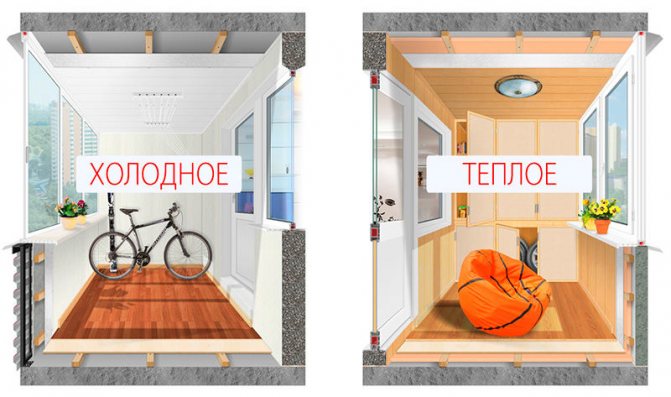

In order to determine the choice, it is necessary to weigh all the advantages and disadvantages of each type:
Cold glazing:
Pros:
- The space is perfectly protected from dirt and precipitation;
- Installation takes place in the shortest possible time;
- Doesn't require huge material investments.
Minuses:
- There is no way to fully use the space;
- Low noise insulation;
- Not very comfortable temperature conditions.
Warm glazing:
Pros:
- It turns out additional usable space in the apartment;
- Optimal temperature conditions;
- You can embody interesting design ideas;
- Good insulation.
Minuses:
- Requires large material costs;
- It is necessary to take into account the boundary load of the concrete slab and in no case exceed it;
- If the balcony is located on the top floor, then you will also need to mount and insulate the roof;
- Requires special care, otherwise the glazing will lose its presentable appearance after a while;
- Renovation work takes more time.
Types of loggias
Unlike a balcony, the loggia does not protrude from the wall and is located on the same base as the room (For more details, see the article: "What is the difference between a balcony and a loggia"). On three sides it is closed with walls, in front there is a fence. Corner modifications have two walls, semicircular ones have one.
Varieties of loggias:
- Outboard - the slab is held on cantilever beams, and the structure itself is formed by attached walls, which are located perpendicular to the facade.
- Built-in - with this type, the slab rests on the bearing walls located outside.
- Bay window - stands for the redistribution of the building, it can be polygonal or rounded.
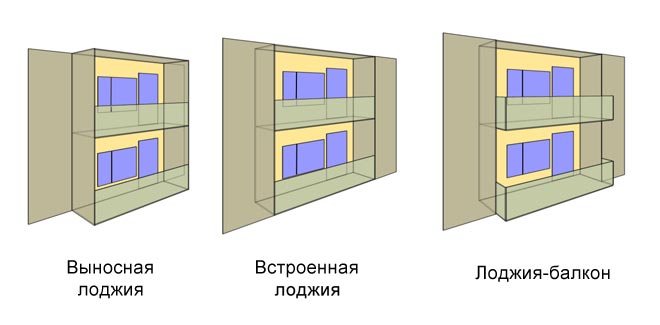

If the balcony may not have a roof, then the loggia is closed from atmospheric precipitation by the ceilings of the upper floor. Also, this building is usually larger in size, so it is easier to equip a rest room on it. But for this you need to glaze the room.
Options for opening balcony windows
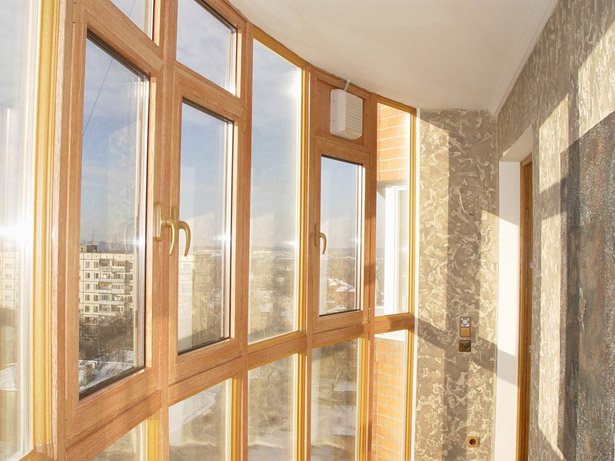

Approaching glazing responsibly, you should also think about the ways in which the windows will be opened. There are three main systems:
- sliding;
- swing;
- with no frames.
Glazing options for a balcony with a sliding system transoms are used for the installation of frames made of aluminum profiles with one glass or double-glazed window. With this option, sliding frames save usable space on the balconies when opening the window, but do not provide sufficient tightness. Accordingly, heat and sound insulation will not be at the highest level.
They take up little space when open. Thanks to this, they are excellent for glazing balconies and small loggias.
Advantages:
- In a strong wind, you can not be afraid that the window will slam shut. Accordingly, there is no need to fix it.
- An open sash will not accidentally damage the furniture.
- Convenience and ease of maintenance.
- Sliding glazing systems are practically unaffected by atmospheric influences.
- High tightness. Sliding balconies are moisture, dust and dirt resistant. Long service life.
Disadvantages:
- Insufficient thermal insulation compared to PVC windows.
- Poor thermal insulation when using single glazing.
- Low noise insulation due to the absence of a multi-chamber profile and multilayer glass units.
Swing opening more familiar: metal-plastic windows open, while having several ventilation modes. When glazing a balcony space, it is worth considering the load created by the structure. Due to the weight of the fittings, metal-plastic windows with a hinged sash opening system are heavier than aluminum or wooden structures with a similar opening system.
Advantages of swing glazing systems:
- High level of sound insulation.
- Providing a comfortable temperature throughout the year.
- Ease of use and maintenance thanks to tilt-and-turn opening.
- Reliability and durability with proper installation and operation.
- Ensuring high tightness of the balcony and good heat retention.
- Stylish appearance that harmoniously complements the interior of the building and significantly improves the facade of the building.
Disadvantages:
- High price... Glazing of balconies with plastic windows is a rather expensive method. It is advisable to use if you need to make a warm room. If we allow a colder temperature regime on the balcony, you can opt for a cheaper type of glazing.
- High construction weight... Plastic windows are heavy and require a solid foundation for their installation. In older houses, for example in Khrushchev, it is necessary to reinforce the balcony structures.
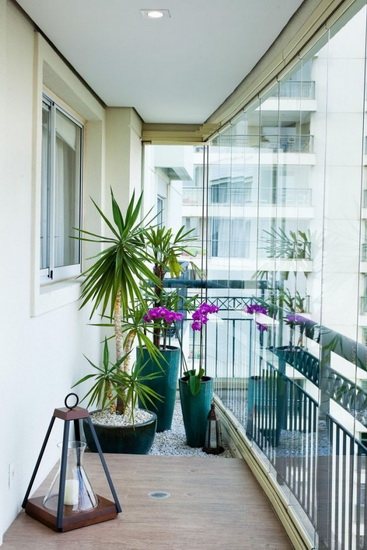

Frameless balcony glazing offers a panoramic view, which is suitable for houses located in a picturesque area. Despite the high cost, this type of glazing overshadows the traditional use of window frames - more and more people prefer this option.
Frameless glazing has a lot of advantages:
- originality of appearance
- high light transmittance
- use of 6-8mm thick tempered glass
- ease of movement of the structure
But there are also disadvantages:
- it is cold glazing that will not protect it from the cold;
- with this option, it is impossible to insulate the loggia;
- transparency;
- installation of mosquito nets is not provided;
- poor sound insulation and tightness.
Parameters for choosing quality products
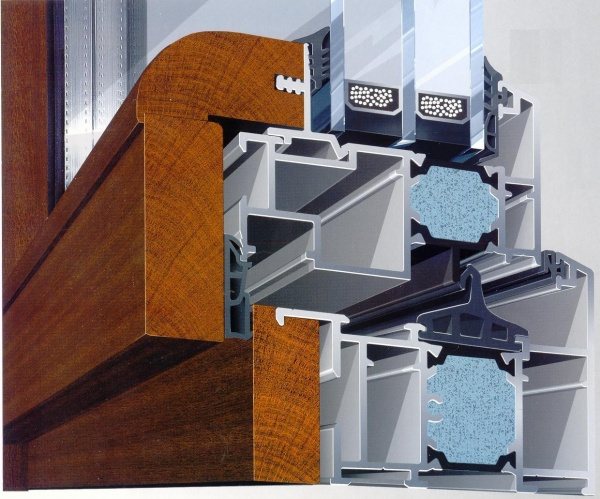

Let's take a look at how to choose the right pvc window and what you should pay attention to. Let's start with the selection of a profile, since the overall quality depends on it.
What follows, turn your attention first of all:
- The presence of a large number of chamber compartments... It is thanks to such chambers that plastic elements retain heat in the room, creating a kind of buffer layer. For our climatic conditions, it is quite enough to use a three-chamber profile, it will fully meet the necessary requirements. For non-residential premises or buildings, it is sufficient to install a two-chamber system.
- The composition of the material must meet all the requirements and standards. You should check for certificates upon purchase.
- The thickness of the profile walls should be 2.8-3.2 millimeters. Thanks to this, the window retains its rigidity and can serve for a long period of time.
Approach the choice of a profile with due attention, because the quality and thermal insulation properties will directly depend on the quality of the profile. It is better to choose and deliver a better quality than to regret it later.
The next stage to which you should pay close attention is, of course, a double-glazed window. Since glass makes up about eighty percent of the entire opening area, because of this, choosing the wrong glass unit, you risk losing the necessary level of heat and insulation from extraneous noise.
What you need to pay attention to:
- How many glasses are installed in a double-glazed window.
- Type of glass used: energy-saving, tempered, wired glass.
- The level of tightness and the quality of the sealants.
If you live close to the road, where increased noise insulation is needed, then it is worth installing structures with a large number of glasses. The last thing to look out for is hardware. The durability and quality of thermal insulation of the opening depends on it.
When choosing fittings for your windows, you should take into account just a few fundamental indicators:
- Reliability and durability of the material and the entire structure.
- Functionality that should fit your needs.
Which windows are better to put on the balcony?
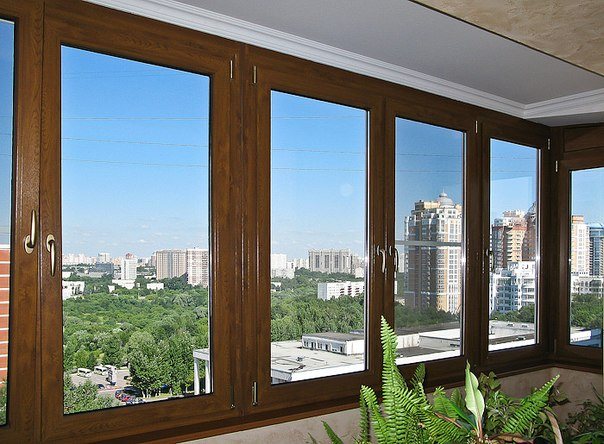

Let us examine several options for glazing the external structure based on materials.
Wood
- Initially, to protect the loggia from precipitation, wind and to partially reduce heat loss, ordinary window frames were installed on the fence.For their manufacture, standard wood was used, and the structures themselves were assembled using spikes and wood glue.
- In such windows, single glasses with a thickness of 4 mm were most often installed with fixation with wooden glazing beads. This design did not provide the proper tightness, therefore the heat loss through this unit was significant.
- Another disadvantage of conventional wooden windows was the loose sash against the frame. Even with the use of sealing tapes made of porous material, the blowing was noticeable, because the temperature on the balcony rarely exceeded the outdoor temperature by more than 8 - 100C.
- Among the advantages of traditional wood carpentry, I would name the low cost (although plastic of the "if only" level costs about the same) and low weight. In general, single-glazed wooden frames should be installed only if energy saving is not important - for example, on the balcony of a country house, which is used only in the warm season.
- If heat conservation is important, then instead of conventional frames, it is worth installing timber structures - the so-called euro windows. For the manufacture of their supporting elements, glued laminated timber is used, which is given a certain shape (profiling), and a sealed glass unit is used for glazing.
A brief overview of window fittings manufacturers
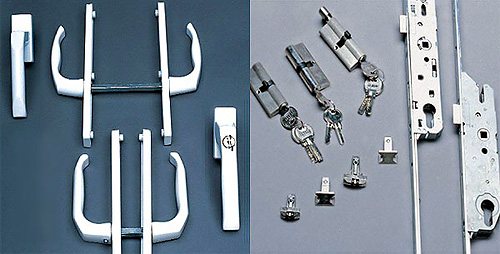

So all the same, the windows of which company is better? If you have already decided on the type of windows, their material and profile, you should pay special attention to the choice of fittings. Popular leading manufacturers of window fittings are several companies, among which the following should be highlighted:
- G-U (Gretsch-Unitas)
- Siegenia-Aubi
- Winkhaus
- Maco
- Roto
The assortment of companies includes high-quality window fittings, as well as a variety of decorative elements.
Glazing of balconies with roof
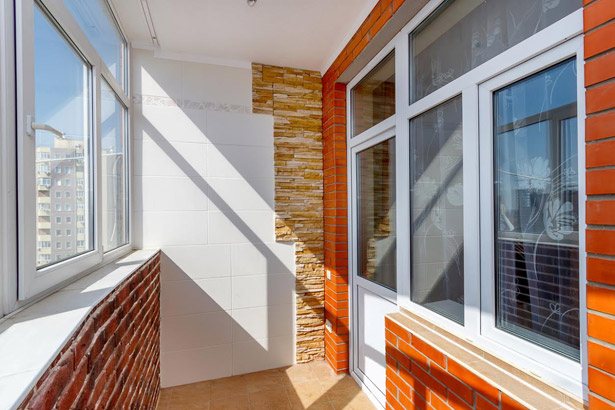

The construction of the upper floor of the balcony is a difficult and time-consuming process that requires correct and accurate measurements of the structure. Before construction, it is necessary to obtain permits from the administrative and economic body for the management of residential buildings. Moreover, construction work is carried out at a height, which implies complexity and a certain risk. Therefore, workers must have special training.
Derivatives of a steel sheet are used as the outer roof covering, in particular, a thin metallized sheet with longitudinal wave-shaped depressions. The building material that is used in this capacity is covered with a layer of zinc and is called laminated corrugated board.
Most builders opt for an inexpensive roofing profiled sheet when glazing balconies. its choice is explained by the fact that it is tough enough to withstand any stress without subsequently changing its original shape.
As a rule, the corrugated board is mounted as a load-bearing roof. In this case, the installation of auxiliary brackets is not required. The main disadvantage of this coating is that it must be covered with a soft roof for the purpose of sound insulation. However, the cost of work will be high due to the installation of a rigid frame.
It is possible to glaze the roof itself. For this, cellular polycarbonate or double-glazed windows made of durable glass are used.
Patterned glass
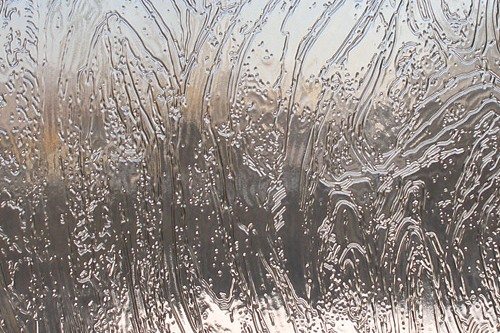

On the outside, the patterned glass is not transparent
These glasses have a relief pattern on one or both sides. It is performed in the glass rolling process. These glasses are good at reducing visibility from the outside, scattering light and reducing the level of radiation.
However, the embossed pattern greatly reduces the light transmittance. The ratio of simple colorless patterned glasses is about 70%. And if the glass is colored, then from 30 to 60%.
Features of the structure of balcony roofs
Balcony roof structures are dependent and independent.The first type of the upper ceiling of the balcony is being erected at the same time as its glazing. The roof is attached to the frame block and the vertical enclosing part of the house. The result is an insulated balcony. The canopy is wall-mounted thanks to a cantilever support. It is possible to install it separately from the glazing of the protruding part of the building. Roofs of the specified type are covered only with lightweight building material.
An independent roof cannot be installed on the outer floors of buildings due to the fact that it is not able to withstand a large amount of snow that has fallen.
Sealant
A sealing rubber is located along the perimeter of the flaps to the supporting frame, in the mounting points of the double-glazed windows and on the glazing beads. Its main purpose is to ensure the required level of tightness of the structure and to prevent the penetration of noise from the street.
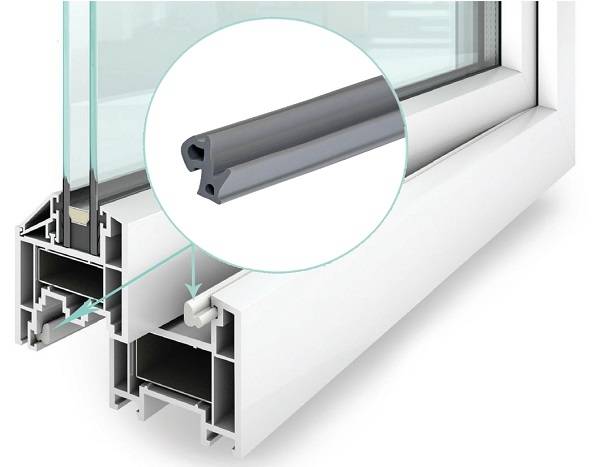

A quality seal should have the following properties:
- Maximum elasticity with sufficient strength.
- Keep properties in hot and cold weather.
- The seal does not evaporate toxic substances and does not emit strong odors.
- Does not fade under the influence of ultraviolet radiation.
For the manufacture of seals, materials such as are used:
Is it necessary or not to obtain permission to glaze a balcony?
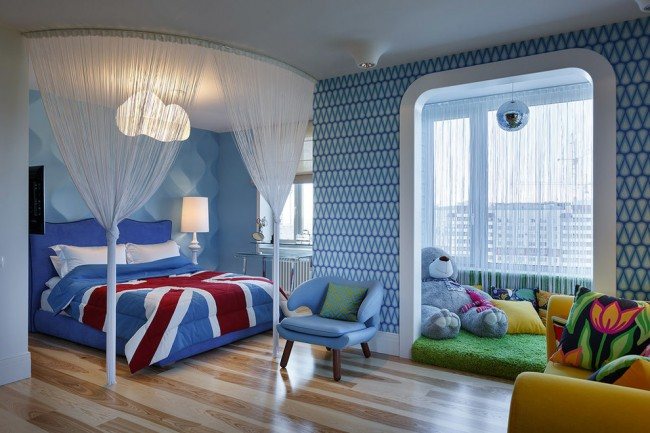

It would seem that there is nothing complicated about glazing. There is an open balcony, there are many manufacturers of various systems, and most importantly - there is a desire! Take it and do it! But not everything is as simple as it might seem at first glance. Whether it is necessary to coordinate the glazing, the question is not even worth it. In fact, it is necessary to agree with the state authorities, since this is a redevelopment.
Where to start? First, see if your home has glazed balconies. If there is, talk to the owners of these apartments and find out what they did in this case. Thus, you will find answers to at least two questions:
- What authorities should you go through in order to get permission to glaze a balcony with your own hands?
- Where exactly are these instances located? (Street, house, office).
Thus, you can save time and nerves when searching.
It is also possible that the neighbors did not issue any permission at all. But one should not follow their example. Sooner or later, there will be a need to carry out some kind of real estate transactions. Changing the construction of the balcony can become an obstacle when performing notarial real estate transactions.
If there are no balconies on the facade of the house, you will be the first! Therefore, you should know how to go through the permitting procedure for glazing a balcony.
In different cities and regions of the country, the list of required approvals may differ slightly, but in general it is as follows:
- BTI (Bureau of Technical Inventory)... Here we provide a draft of changes in the construction of the balcony. The project must be carried out by a company licensed to perform the corresponding type of work.
- Architectural planning department... In this institution we agree on the issues of changing the facade of the house.
- District Department of State Fire Supervision... This department will certainly ask how unhindered the possibility of evacuation is, how fireproof the glazing structures are and how they generally affect the fire resistance of the building.
- Sanitary and Epidemiological Surveillance... Here they will check the conformity of the use of the building for its intended purpose and compliance with sanitary standards.
- Directorate of Buildings Management. Controls the impact of the changes made on the operation of the building.
- Housing inspection... Here the lucky one will receive a positive expert opinion on the compliance of the amendments made with the norms of SNiP and other regulatory documents.
- The last step is an interdepartmental commission... After the delivery of all the documents, he draws up a long-suffering permit to perform work on the glazing of the balcony.
3.6 / 5 ( 21 voice)
- Similar posts
- Permission for the glazing of the balcony and loggia. Do I need to receive it?
- Aluminum balcony frames. Balcony glazing
- Everything about panoramic glazing of balconies and loggias: advantages, features, recommendations
- Glazing options for a balcony in Khrushchev
- Glazing of balconies and loggias with an aluminum profile
- The better to glaze the balcony. Features of the selection of materials
Discussion: there is 1 comment
- Micah:
09.07.2020 at 23:27helped, done with a friend
Reply
